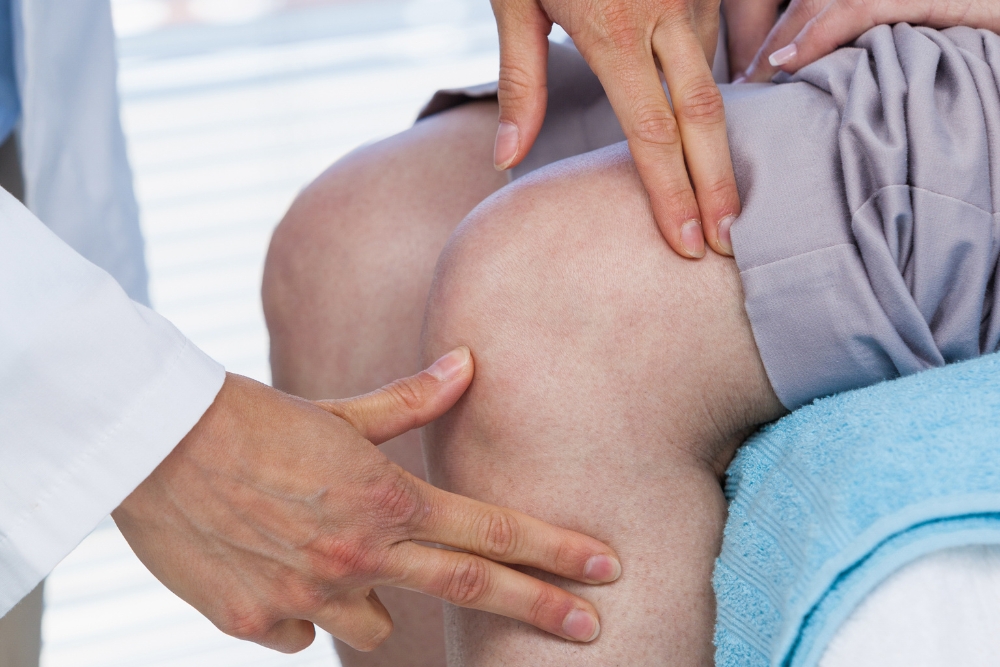Early Warning Signs and Treatment Options for Stroke
A stroke is a serious medical emergency that occurs when blood supply to part of the brain is cut off. Recognizing the early warning signs and seeking immediate treatment can significantly improve outcomes for stroke patients. This article will explore the key indicators that may signal an impending stroke, as well as the various treatment options available.

What Are the Most Common Signs of an Impending Stroke?
The most recognizable stroke warning signs can be remembered using the acronym FAST: Face drooping, Arm weakness, Speech difficulty, and Time to call emergency services. Face drooping occurs when one side of the face becomes numb or droops, often noticed when the person tries to smile and the smile appears uneven. Arm weakness manifests as sudden numbness or weakness in one arm, which becomes apparent when the person cannot keep both arms raised equally. Speech difficulties include slurred speech, strange words, or trouble understanding others. Additional warning signs include sudden confusion, trouble seeing in one or both eyes, severe headache with no known cause, and sudden trouble walking or loss of balance and coordination.
How Soon Before a Stroke Do Warning Signs Typically Appear?
Warning signs can appear at different times depending on the type of stroke. For some people, symptoms develop suddenly and reach their peak within minutes. However, many individuals experience what doctors call a transient ischemic attack (TIA) or “mini-stroke” days, weeks, or even months before a major stroke occurs. TIAs produce temporary stroke-like symptoms that typically last from a few minutes to 24 hours before disappearing completely. Research indicates that about 15 percent of major strokes are preceded by a TIA, and nearly half of all TIAs occur within 48 hours before a major stroke. Some people may also experience subtle changes in cognitive function, balance, or coordination in the weeks leading up to a stroke, though these signs are often overlooked or attributed to other causes.
What Are the Different Types of Strokes and Their Symptoms?
There are three main types of strokes, each with distinct causes and symptoms. Ischemic strokes account for about 87 percent of all strokes and occur when a blood clot blocks or narrows an artery leading to the brain. Symptoms typically include sudden weakness or numbness on one side of the body, confusion, trouble speaking or understanding speech, and vision problems. Hemorrhagic strokes happen when a blood vessel in the brain bursts, causing bleeding into or around the brain tissue. These strokes often present with sudden severe headache, nausea, vomiting, sensitivity to light, and loss of consciousness. The third type, transient ischemic attacks, cause temporary stroke symptoms that resolve within 24 hours but serve as important warning signs for future strokes.
What Immediate Actions Should Be Taken if Stroke Symptoms Appear?
When stroke symptoms appear, immediate action is crucial for the best possible outcome. Call 911 immediately rather than driving to the hospital, as emergency medical services can begin treatment en route and notify the hospital to prepare for arrival. Note the time when symptoms first appeared, as this information is critical for determining treatment options. While waiting for emergency services, keep the person comfortable and monitor their breathing and consciousness level. Do not give the person anything to eat or drink, as stroke can impair swallowing and increase the risk of choking. If the person becomes unconscious and stops breathing, begin CPR if you are trained to do so. Avoid giving medications like aspirin unless specifically instructed by emergency medical personnel, as some strokes involve bleeding where blood thinners could cause additional harm.
What Are the Current Treatment Options for Stroke?
Modern stroke treatment focuses on restoring blood flow to the brain as quickly as possible and minimizing long-term damage. For ischemic strokes, the gold standard treatment is tissue plasminogen activator (tPA), a clot-busting medication that must be administered within 3 to 4.5 hours of symptom onset. Mechanical thrombectomy, a procedure that physically removes blood clots from blocked arteries, can be performed up to 24 hours after symptom onset in certain cases. For hemorrhagic strokes, treatment focuses on controlling bleeding and reducing pressure in the brain through medications or surgical procedures. Post-acute treatment typically involves a multidisciplinary approach including physical therapy, occupational therapy, speech therapy, and medications to prevent future strokes. Rehabilitation programs help patients regain lost functions and adapt to any permanent changes, with the most significant recovery typically occurring within the first three to six months after a stroke.
Stroke treatment and recovery represent a complex medical journey that requires immediate recognition, rapid medical intervention, and comprehensive rehabilitation. The key to optimal outcomes lies in understanding warning signs, acting quickly when symptoms appear, and working with healthcare professionals to develop an appropriate treatment and recovery plan. While stroke can be devastating, advances in emergency treatment and rehabilitation techniques continue to improve survival rates and quality of life for stroke survivors.
This article is for informational purposes only and should not be considered medical advice. Please consult a qualified healthcare professional for personalized guidance and treatment.




